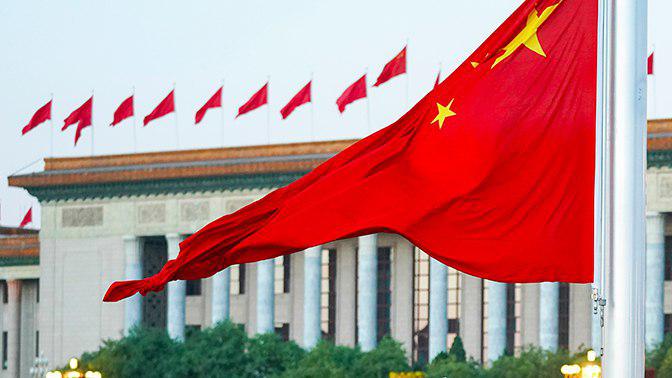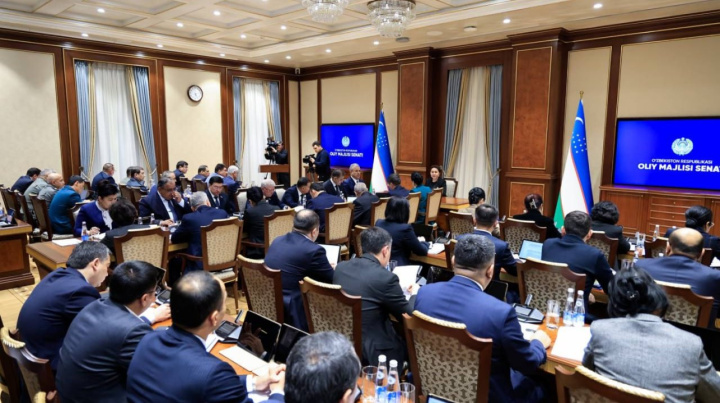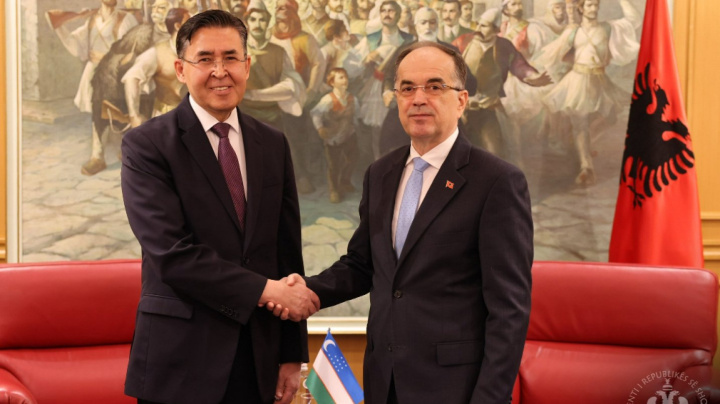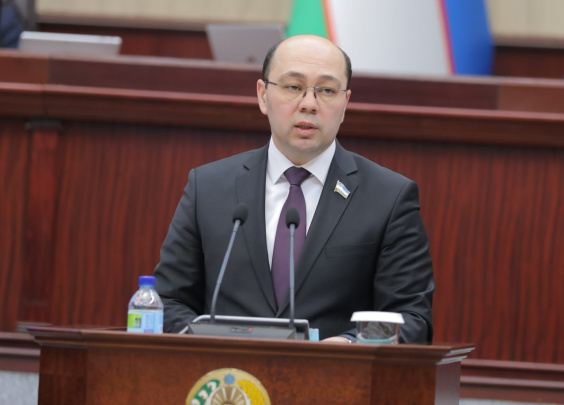Participation in the “One belt, one road” projects will help the countries of Central Asia launch new industries and development centers, create new jobs, which is important for the densely populated Central Asian region, RIA news quotes Elena Kuzmina, the head of the sector at the Center for post-soviet studies of the IMEMO named after E. M. Primakov RAN, as saying.
On April 26-27, the 2nd Forum of international cooperation “One belt, one road” will be held in Beijing, in which representatives of many countries of Central Asia will take part.
According to the expert, for most of the countries of Central Asia, transport projects are important primarily for the Chinese initiative. These include the Western Europe-Western China highway, North-South railway projects, the Central corridor of the Trans-Asian railway and “Chunqing-Duisburg”. All countries of the region are involved in these transport corridors.
“Kazakhstan built its roads on national funds with a number of Chinese loans. Now Uzbekistan pursues the same policy. And Kyrgyzstan and Tajikistan, the poorest countries of the region, build their roads mainly on Chinese loans,” the expert said.
According to her, participation in the Chinese initiative “One belt, one road” contributes to the economic development of countries of the region. “World practice shows that along the roads, new production and new development centers are always emerging,” Ms. Kuzmina explained.
Also, the most important project for the region is the gas pipeline “China – Central Asia” (A, B, C branches), the expert notes.
“So far, only three countries are involved – Turkmenistan, Uzbekistan and Kazakhstan. This is a development of the entire fuel and energy complex, and it includes exploration, production, as well as transportation of natural gas. This also allows the development of related industries: oil and gas chemistry, processing associated natural materials, and so on. And these are new jobs, which is important for a densely populated region,” Kuzmina said.
The expert notes that Chinese investors are also participating in projects at the cascade of the Saryjaz and Kambarata hydropower plants in Kyrgyzstan, the construction of coal-fired power plants, in the reconstruction of the Uch-Kurgan HPP and the TPP in Bishkek. In Tajikistan, Beijing is limited to projects on inland rivers and construction of power transmission lines: the HPP “Nurabad-1” on the Hingob River ($650 million), the coal-fired TPP in Dushanbe ($ 400 million), modernization of the “North-South” power line and “Lolazor-Khatlon” ($61 million).
A cooperation agreement, for creation of small and medium-sized hydropower plants in the country worth $2.7 billion, was signed with Uzbekistan.






